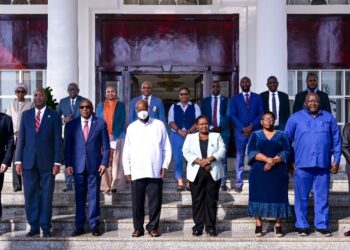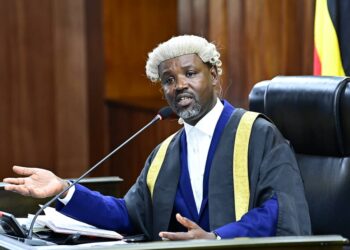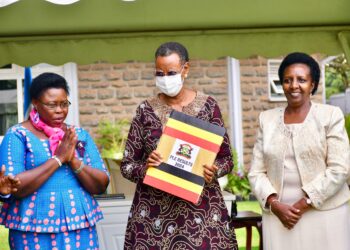Emerging details from the Ministry of Finance, Planning and Economic Development show that Uganda’s public debt has hit Shs44.67 trillion.
Reports again show that the debt increased to 42 per cent of Gross Domestic Product (GDP) and, according to Auditor General John Muwanga, although the debt burden is still below the International Monetary Fund (IMF) risky threshold of 50 per cent, there is much to pay to reduce approaching the danger zone.
As of June 30, 2017, the public debt was at Shs33.99 trillion, in 2017/18 it increased to Shs36.7 trillion. It then increased by 22 per cent to Shs41.51 trillion as at June 30, 2018. As financial year 2018/2019 comes to an end, it has increased to Shs44.67 trillion.
The revelation was made on Thursday before Parliament by Syda Bbumba, the chairperson of the Parliamentary Committee on National Economy. She was appearing before the House to request for approval to borrow Shs745.3bn from the International Development Association (IDA) of the World Bank.
Bbumba noted that although the loan will increase public debt in case it’s approved, there is a great need to develop both health and education structures in lower areas.
“Education sector will be allocated Shs484.4bn. This money will be used to construct 242 secondary schools, while Shs200bn will be spent on upgrading 124 Health Centre (HC) IIs and HCIIIs in sub-counties that do not have government HCIIIs. It will also cater for Health infrastructure maintenance,” said Bumba.
She also said the loan will come with a maturity period of 38 years and payment period will be 32 years with six years of grace period.
According to Muwanga, if the government continues on the projected plans of paying the heavy debts, in the next Financial Year 2019/2020, almost 65 per cent of the country’s total revenues will be spent on financing debts above the sustainability levels of 40 per cent.
According to the current Auditor General report for the third quarter of this F/Y, the problem resulted from a deficit in financing from securities worth Shs1.7 trillion and drawings targeted towards investment in infrastructure projects in roads and energy.
Such projects include Karuma Hydro Power Project, earth moving equipment and Kabale International Airport.
Do you have a story in your community or an opinion to share with us: Email us at editorial@watchdoguganda.com











